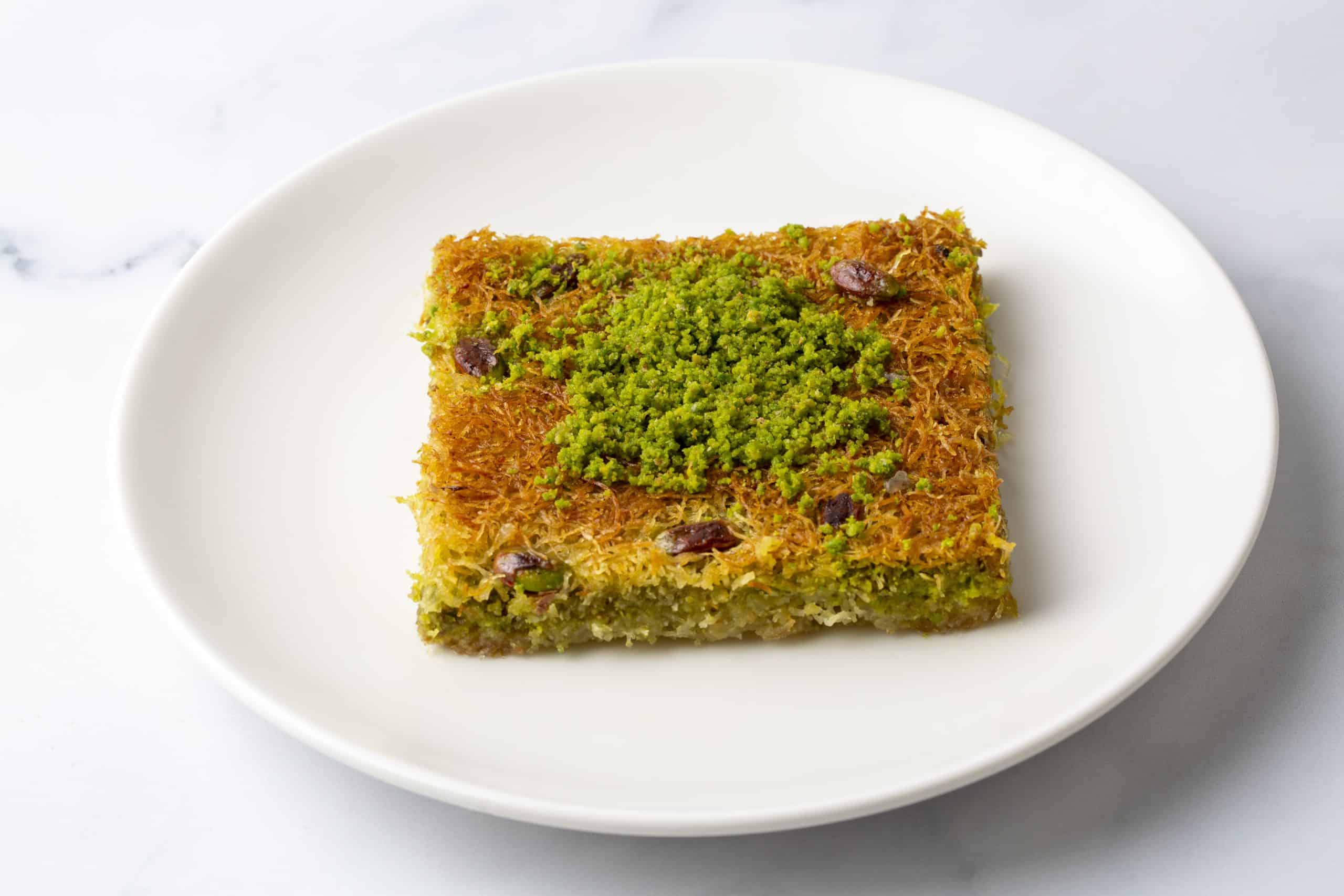What Are the Steps to Making a Perfectly Balanced Tom Kha Gai with Coconut Milk?

Tom Kha Gai is a classic Thai soup known for its distinct combination of flavors — spicy, sour, sweet, and salty. It’s made from a base of coconut milk, with the addition of chicken (gai), galangal, lime leaves, lemongrass, and fish sauce. The soup is a perfect blend of creamy and tangy, with a hint of heat from the chilies. The ingredients are easily sourced, and the steps involved in its preparation are quite straightforward. So, let’s dive in and discover how to make a perfectly balanced Tom Kha Gai with coconut milk.
Understanding the Key Ingredients
Every ingredient in a Tom Kha Gai recipe has a significant role to play in its taste and texture. Understanding each component will help you appreciate the balance and harmony involved in Thai cuisine.
Dans le meme genre : What’s the Best Method for a Silky and Decadent Dark Chocolate Ganache?
Coconut Milk: This is the base of the soup, providing a rich, creamy texture that balances out the spicy and sour components. Ensure to use full-fat coconut milk to achieve the desired creaminess.
Galangal: A root similar to ginger but more pungent and slightly citrusy. It’s a crucial ingredient in Thai cuisine. If unavailable, ginger can be used as a substitute, but the flavor won’t be quite the same.
Cela peut vous intéresser : Can You Prepare a Flavor-Packed Vegan Black Bean Soup with a Smoky Flavor?
Lemongrass: It adds a fresh, citrusy flavor to the soup. The bottom part is bruised and chopped into large pieces.
Lime Leaves: They give the soup a uniquely aromatic flavor. If you can’t find lime leaves, you can substitute with the zest of a regular lime.
Fish Sauce: This is the primary source of saltiness in the soup. It also adds a depth of flavor that can’t be replaced by regular salt.
Chicken: Boneless chicken is typically used, but you can also use bone-in chicken for a richer flavor.
Preparing the Broth Base
The soup base is a crucial part of the dish. The galangal, lemongrass, and lime leaves are boiled in the coconut milk to infuse their flavors into the broth. It’s important to simmer them gently, without rushing the process, to let the flavors meld together.
Start by cutting the galangal into thin slices and the lemongrass into 3-inch-long pieces. Smash the lemongrass with the back of your knife to release its oils. Tear the lime leaves into half.
In a pot, add these ingredients to the coconut milk and bring it to a gentle simmer. Let it cook for about 10 minutes. This step is crucial in infusing the broth with flavorful undertones.
Incorporating the Chicken
Once the broth is flavorful, it’s time to incorporate the chicken. It’s best to use boneless, skinless chicken thighs as they have more flavor and tend to remain juicy even after cooking. Slice the chicken into thin strips and add it to the simmering broth.
The key here is to cook the chicken slowly in the simmering broth until it’s just done. Overcooking can lead to tough, dry chicken.
Adding the Final Touches
The last step is to add the remaining ingredients that make Tom Kha Gai complete. This includes fish sauce, lime juice, chilies, and cilantro.
Fish sauce adds a unique depth of flavor and saltiness to the soup. It’s added according to taste, typically starting with a couple of tablespoons and adjusting as needed.
Lime juice adds a sour note to the soup, counteracting the richness of the coconut milk. It’s important to add the lime juice just before serving as the acidity can mellow down if added too early.
Chilies add a hint of heat to the soup. You can deseed them if you prefer a milder heat.
Cilantro is added at the end for a pop of freshness.
Serving Suggestions
Tom Kha Gai is traditionally served with steamed jasmine rice on the side, turning it into a hearty meal. However, the soup is flavorful enough to be enjoyed on its own.
As you ladle the soup into bowls, make sure to avoid the chunks of lemongrass, galangal, and lime leaves. They are meant to flavor the broth and are typically discarded before serving.
By following these steps, you can create a perfectly balanced Tom Kha Gai that will transport you straight to the streets of Thailand. Remember, the beauty of this soup lies in its balance of flavors, so adjust the ingredients to your liking and enjoy the harmony of Thai cuisine!
Customizing Your Tom Kha Gai
Despite having a set list of ingredients, the beauty of making your own Tom Kha Gai is that you can adjust the flavors to your personal preference. With Thai cuisine, it’s all about striking a balance between the sweet, sour, salty, and spicy notes.
If you’re a fan of heat, consider adding more chilies to the soup. Conversely, if you prefer a milder flavor, you can reduce the number of chilies or even deseed them. An important note about chilies is that the heat level can vary significantly from one type to another, so it’s best to add them gradually and taste as you go.
Fish sauce, the primary source of saltiness in the soup, can be adjusted according to your taste buds. If you’re not accustomed to the strong flavor of fish sauce, start with less and slowly add more if needed.
Similarly, the level of sourness in the soup is determined by the amount of lime juice you add. The key is to add the lime juice just before serving to preserve its fresh, sour punch.
Remember to serve the Tom Kha Gai with steamed jasmine rice on the side. Not only does it make the meal more substantial, but the rice also helps to soak up all the delicious flavors of the soup.
Concluding Thoughts on Perfectly Balanced Tom Kha Gai
Creating the perfect Tom Kha Gai is all about understanding and balancing the key ingredients. From the creamy base of coconut milk to the heat of the chilies, every component has a role to play. While it’s essential to respect the traditional recipe, remember that the true essence of Thai cuisine lies in balancing flavors to suit your palate.
So, whether you’re using an instant pot or a traditional stovetop method, don’t be afraid to experiment with ingredients and their proportions. Consider trying different types of chicken, perhaps a mix of boneless and bone-in for a richer broth. You could also experiment with palm sugar for a more authentic Thai flavor.
In essence, making a Tom Kha Gai soup isn’t just about following a soup recipe—it’s about creating a harmony of flavors that is personally satisfying. Remember to serve your soup with thinly sliced kaffir lime leaves for an aromatic garnish, and you’ll have a coconut chicken soup that’s truly Thai in taste and spirit.
There’s something incredibly comforting about a bowl of perfectly balanced Tom Kha Gai. It’s a Thai coconut masterpiece that never fails to impress. So, embrace the complexity of Thai cuisine and embark on a culinary journey with this quintessential soup. Enjoy your cooking adventure!
